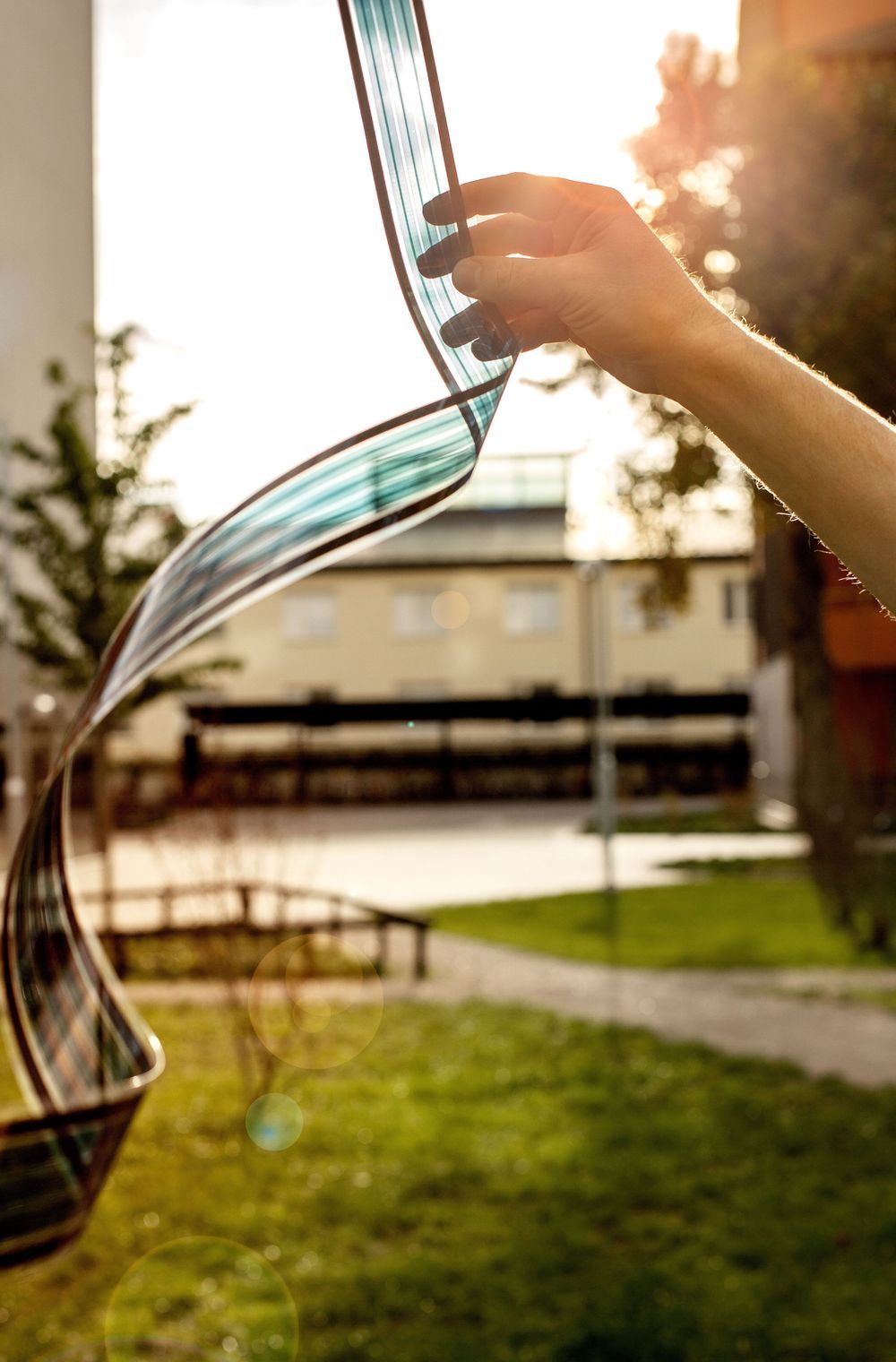Organic photovoltaic (OPV) cells, a third-generation solar cell technology that can convert solar energy into electricity, have been found to be more efficient than silicon cells under low light intensity indoor LED illumination. These cells have also shown great potential for powering low consumption, off-the grid electronics in indoor environments.
Despite their huge potential, the power conversion efficiency of OPV cells is currently limited by substantial losses in their open-circuit voltage. In addition, past studies suggest that when used for indoor illumination their absorption spectrum is far from optimal.
In a quest to overcome these limitations, a team of researchers at the Chinese Academy of Sciences in China and Linköping University in Sweden have recently designed a non-fullerene acceptor for that could enable high-performance organic photovoltaic cells for indoor applications. This new acceptor, presented in a paper published in Nature Energy, can be blended with a polymer donor to obtain a photoactive layer with an absorption spectrum that matches that of indoor light sources.
